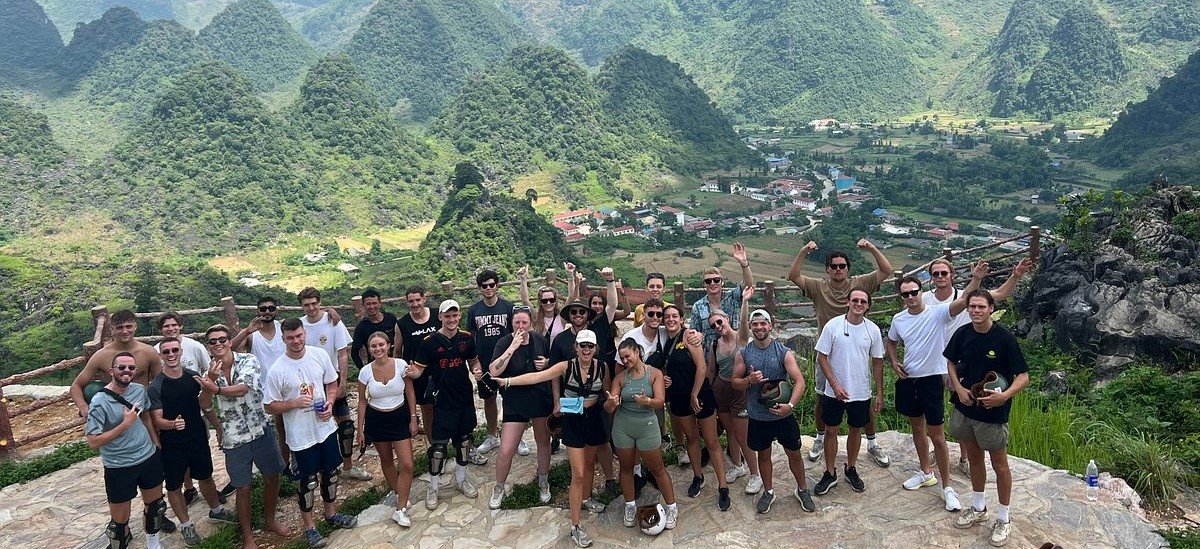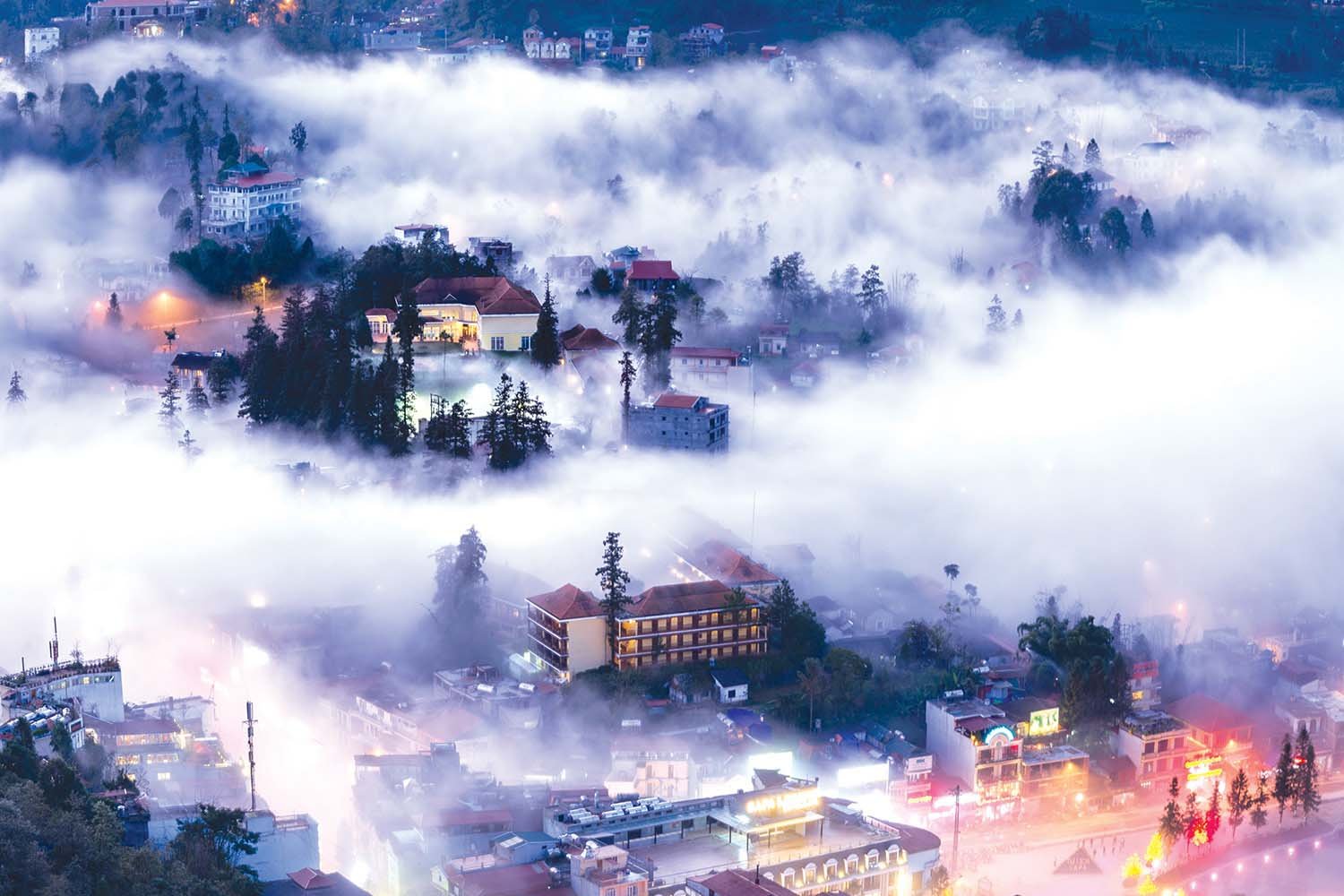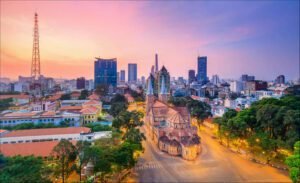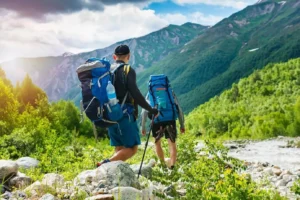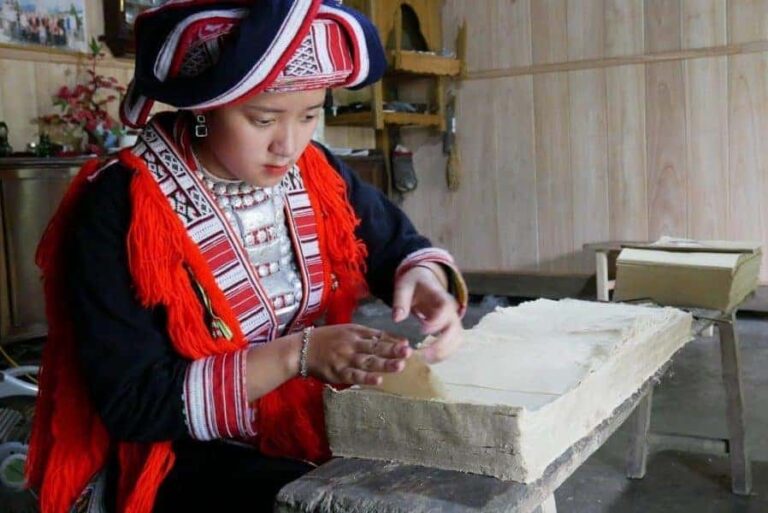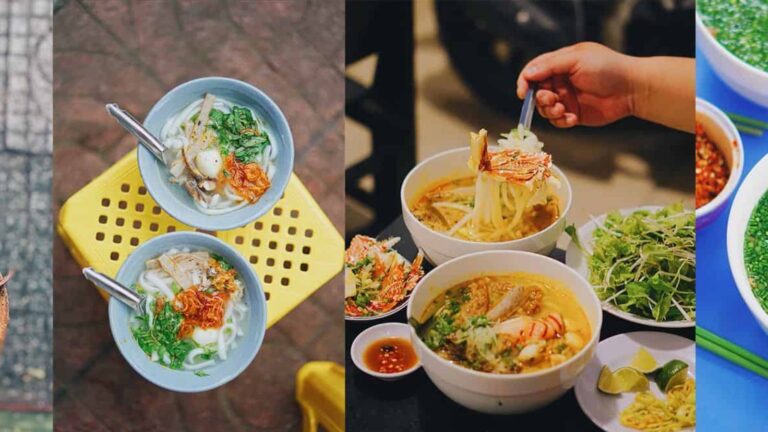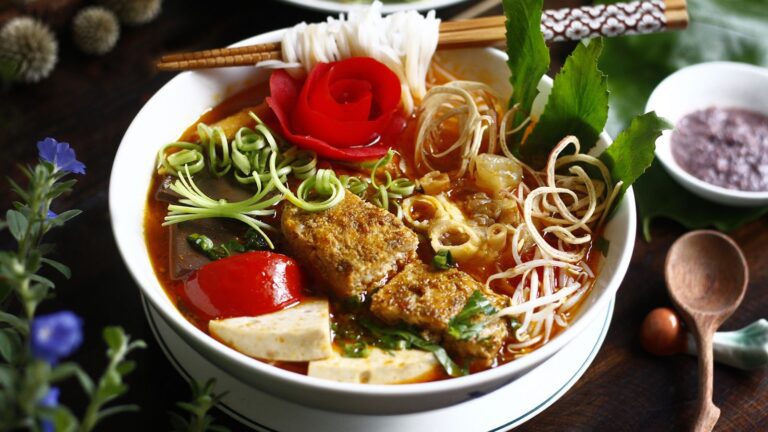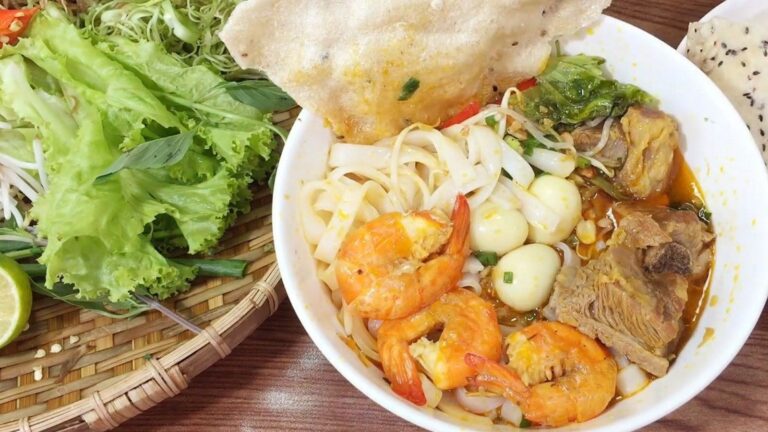Ha Giang Trekking Guide: Everything You Need to Know
Trekking in Ha Giang isn’t just about beautiful landscapes—it’s about immersing yourself in untouched nature, ethnic culture, and an adventure few travelers experience. This Ha Giang trekking guide is your all-in-one companion for planning a seamless and thrilling hike through Northern Vietnam‘s majestic mountains. Whether you’re a solo adventurer or considering hiring a trekking guide in Ha Giang, this article has got you covered.
1. Why Choose Ha Giang for Trekking?
Ha Giang is one of Vietnam‘s last frontiers, tucked away in the far northern reaches near the Chinese border. Unlike other tourist hotspots, it’s still largely untouched, offering a raw and authentic adventure. This Ha Giang trekking guide helps you explore its towering limestone mountains, lush rice terraces, and remote ethnic minority villages.


2. Best Time for Trekking in Ha Giang
Trekking in Ha Giang is best during the dry months when trails are not muddy and views are clear. Planning your trip around the weather ensures a safer and more enjoyable experience.
- Best Months: March–May and September–November
- Avoid: June–August (hot and rainy), December–February (cold and foggy)
- Festivals to Consider: Khau Vai Love Market (April), Buckwheat Flower Festival (October)
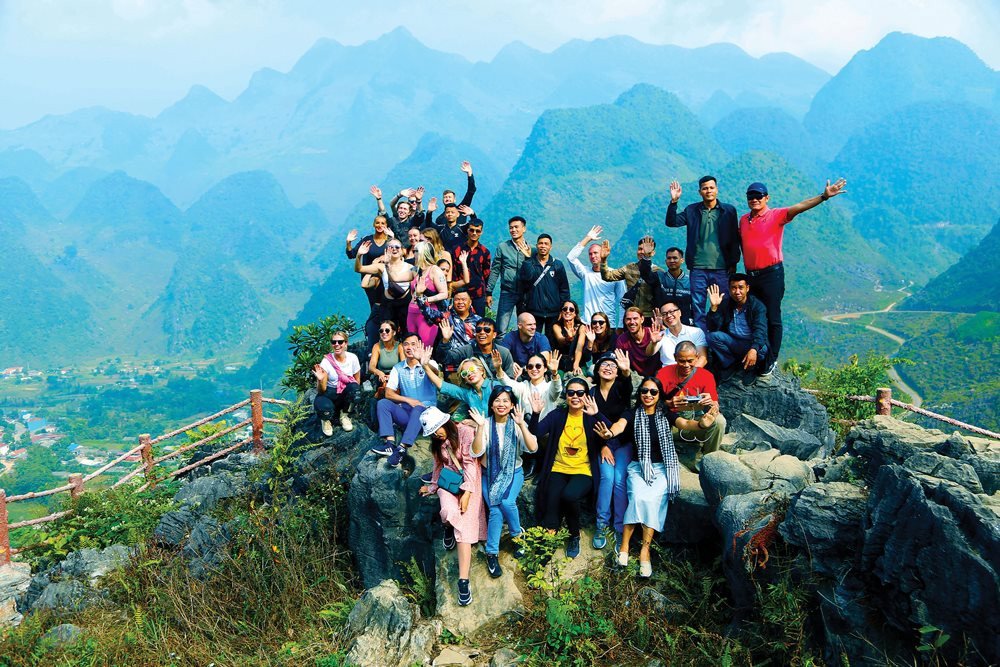

🏔️ Read more: Hanoi Weekend Guide and Ha Giang Loop budget.
3. Top Trekking Routes in Ha Giang
There’s a route for every trekking level in Ha Giang, whether you’re in it for the challenge or the cultural encounters. These routes are perfect for both solo travelers and those considering guided trekking in Ha Giang.
- Dong Van Karst Plateau to Meo Vac via Ma Pi Leng Pass
- Trekking in Hoang Su Phi (famous for rice terraces)
- Lung Cu Flag Tower to ethnic minority villages
- Quan Ba Heaven Gate to Nam Dam Village
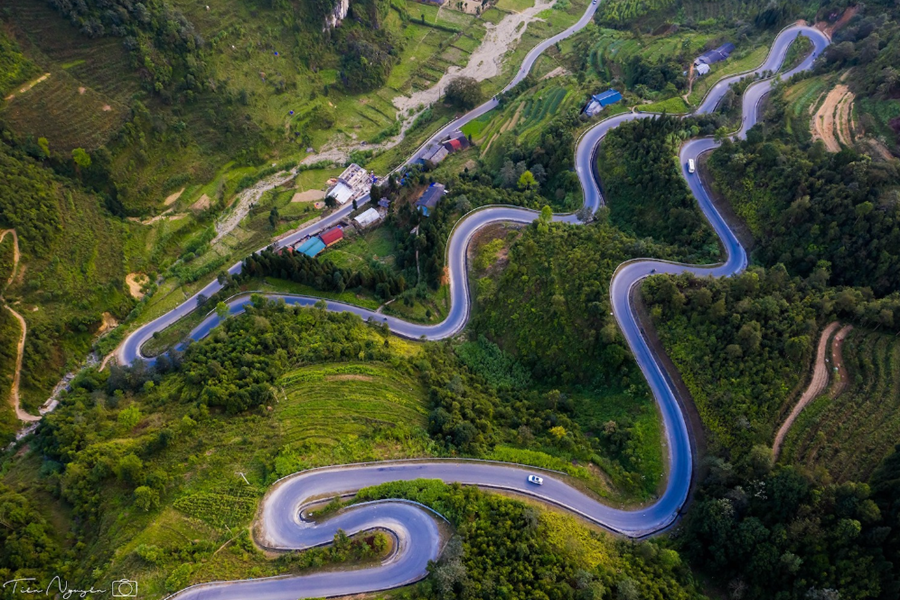

Each trail provides a unique perspective of the region’s ethnic diversity and jaw-dropping landscapes.
📸 Contact us via WhatsApp or follow Sun Getaways Travel Fanpage | TikTok to get the best information for your Hanoi trip. Or follow these posts to get the details if you want to:
4. Level of Difficulty for Ha Giang Treks
Treks in Ha Giang vary from light half-day walks to multi-day mountain expeditions. This Ha Giang trekking guide breaks it down by fitness level so you can pick what suits you best.
- Beginner: Village walks around Nam Dam, Thon Tha
- Intermediate: 2–3 day treks in Hoang Su Phi
- Advanced: Mountain treks between Dong Van – Meo Vac with elevation changes
View more: Unleash Your Inner Explorer: Vietnam Trekking & Adventure Guide for Mountains, Caves & Jungles
5. Packing Essentials for Ha Giang Trekking
Packing smart can make or break your trekking experience. Because many areas are remote, shops are few and far between, so it’s best to come prepared.
- Lightweight, breathable trekking clothes
- Good hiking boots (waterproof if possible)
- Refillable water bottle and purification tablets
- Snacks, flashlight, basic first aid kit
- Sunscreen, bug spray, and hat
- Power bank and offline map app


6. Cultural Etiquette When Trekking in Ethnic Villages
Trekking in Ha Giang often involves entering ethnic minority villages. Respecting local customs is not just polite—it enriches your experience.
- Ask before taking photos of people
- Remove shoes before entering homes
- Dress modestly, even in hot weather
- Bring small gifts like snacks or school supplies for kids (not money)
- Learn basic greetings in local dialects (your guide can help!)


✨Discover the Magic of Ha Giang Markets – Top 6 Must-visit Spots
7. Benefits of Guided Trekking in Ha Giang
You might wonder—why go with a guide? In this Ha Giang trekking guide, we highly recommend guided trekking in Ha Giang for both first-timers and seasoned adventurers. Here’s why:
- Navigation & Language: Local guides know the trails and can communicate with Vietnam ethnic communities
- Cultural Insight: They share fascinating stories and local legends
- Safety: They help avoid dangerous paths and handle unexpected situations
- Access: Guides can introduce you to Ha Giang homestays and less-visited trails
8. How to Hire a Trekking Guide in Ha Giang
If you’re thinking about hiring a trekking guide in Ha Giang, it’s easier than you think. The key is choosing someone reliable and knowledgeable. Here’s what to look for:
- Good communication (basic English or better)
- Licensed or affiliated with a local tour company
- Knowledge of multiple trails and villages
- Positive reviews or recommendations
- Transparent pricing and itinerary


🏔️ Explore: ATMs in Vietnam: Finding Cash & Avoiding Fees
9. Where to Find Local Ha Giang Trekking Guides
You don’t need to book months in advance to find a good trekking guide. Ha Giang city has several options for arranging a guided trekking Ha Giang experience.
- Local Homestays: Many offer guiding services or recommend someone trusted
- Tour Companies: Examples include QT motorbike, Ha Giang Epic Tours, and YESD
- Online Platforms: TripAdvisor, Facebook travel groups, and Vietnam-based travel forums
10. Cost of Hiring a Trekking Guide in Ha Giang
Budgeting for a guide? Here’s what to expect when hiring a trekking guide in Ha Giang. Prices vary depending on length, location, and guide experience.
- Half-Day Trek: $15–$25
- Full-Day Trek: $25–$40
- Multi-Day Trek: $40–$60/day (may include meals & accommodation)


Always confirm what’s included in the price—meals, homestays, transportation, etc.
11. Safety Tips for Trekking in Ha Giang
Safety is a priority, especially on remote and steep trails. This trekking guide emphasizes these simple tips:
- Always let someone know your route
- Avoid trekking during heavy rain or fog
- Carry a whistle and emergency contact info
- Stay hydrated and pace yourself
- Stick with your guide, especially in remote villages
12. Solo Trekking vs. Guided Treks in Ha Giang
There’s a lot of pride in going solo—but Ha Giang isn’t your average backpacking trail. If you’re not confident in navigation or Vietnamese, guided trekking in Ha Giang is far safer and more rewarding.
Solo Trekking Pros
- More flexibility
- Budget-friendly
- Personal challenge
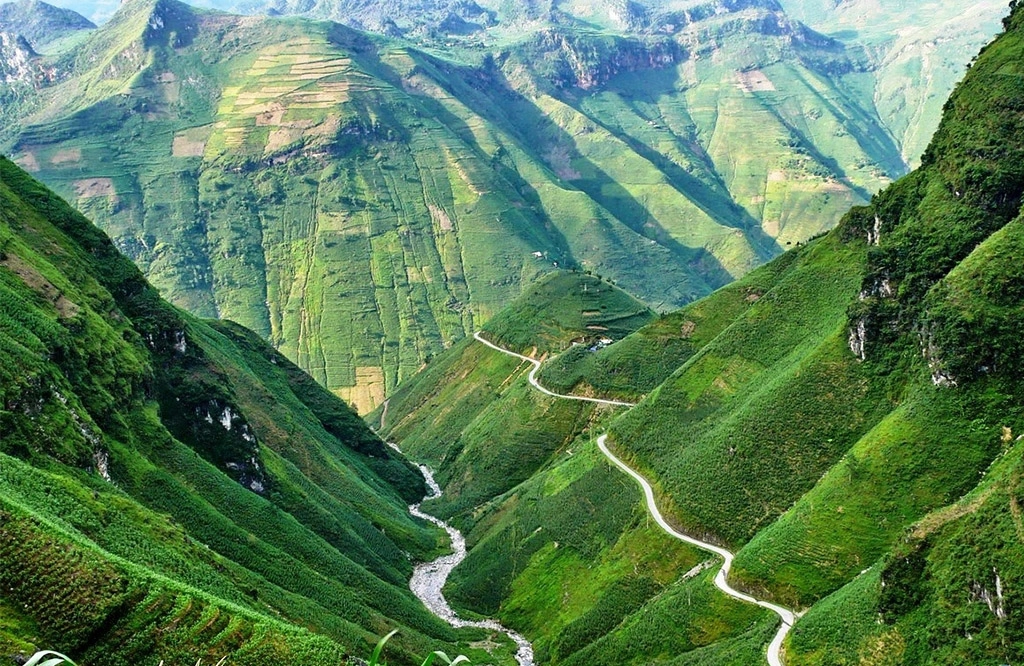

Guided Trekking Pros
- Local insights
- Cultural immersion
- Safety and support
🏔️ Explore Ha Giang Loop Itinerary: 3 Days, 4 Days or More
13. Combining Trekking with Homestays
A true highlight of trekking in Ha Giang is staying with local families. It’s a chance to rest, eat home-cooked meals, and learn how different life can be.
- Villages like Nam Dam, Thon Tha, and Lung Cu offer cozy, authentic homestays
- Some guides include these stays in their packages
- You can enjoy traditional meals, try local rice wine, and even join family activities
14. Sustainable Trekking in Ha Giang
Ha Giang’s natural and cultural beauty deserves to be preserved. Trek responsibly by following a few key practices:
- Pack out all your trash
- Use refillable water bottles
- Stay on trails to avoid harming crops
- Support local homestays and businesses
- Choose guides who promote eco-tourism and respect for local traditions


15. Final Thoughts: Is Ha Giang Trekking for You?
If you crave adventure, untouched landscapes, and genuine cultural interaction, Ha Giang is calling your name. This Ha Giang trekking guide is your first step toward an unforgettable journey. Whether you’re going solo or planning on hiring a trekking guide in Ha Giang, one thing’s for sure—you won’t leave the same person you arrived as.
👉 Find more information in here: Vietnam’s Rugged Beauty: A Trekking & Adventure Guide to Mountains, Caves & Jungles
Experience Vietnam like never before with Sun Getaways Travel. Our all-inclusive trips cover every detail, from accommodations and transportation to unforgettable experiences, depending on your interests (Our Customized Private Tour for each customer to Vietnam 🇻🇳). Ready to embark on your next adventure?
Ask a question
Leave a Comment (0)
No questions yet. Be the first to ask a question!


